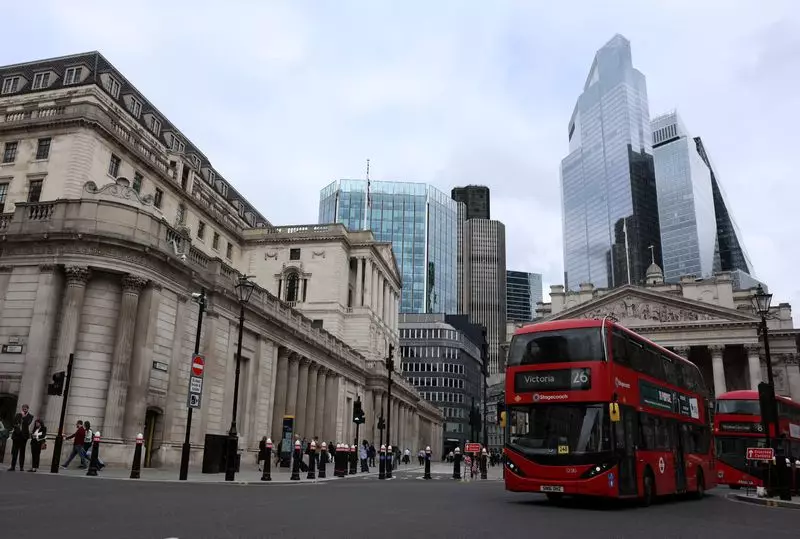In a definitive move to navigate the economic landscape, the U.S. Federal Reserve implemented a significant interest rate cut of 50 basis points during its meetings on September 17-18, primarily aimed at maintaining the current low unemployment rates as inflation indicators showed signs of stabilization. Federal Reserve Chairman Jerome Powell emphasized that this action not only underscores the central bank’s commitment to economic stability but also reflects a proactive approach to inflation trends that have softened recently.
Moreover, the Fed’s outlook suggests further gradual adjustments in interest rates over the following years. Current projections indicate a potential dip of another half percentage point by the year’s end, with expectations of an overall decrease of one full percentage point by 2024, followed by another reduction in 2026. However, it is essential to interpret these projections with caution, as they underscore the inherent uncertainty associated with economic forecasting.
Financial institutions have unveiled a plethora of forecasts concerning economic performance indicators, including stock market projections and currency valuations. Notably, analysts from prominent banks have shared their insights on how various asset classes may behave in response to the Fed’s decisions. For instance, Goldman Sachs looks optimistic, forecasting the S&P 500 index could reach 6,000 by mid-2025, while other analysts maintain more conservative estimates, with predictions ranging from 4,200 to 6,400.
These varying forecasts highlight differences in confidence levels regarding the stock market’s recovery and growth trajectory against a backdrop of fluctuating interest rates and other economic dynamics. The S&P 500’s multifaceted outlook also emphasizes the critical intersection between monetary policies and market performance.
As the Fed looks to temper inflation through interest rate cuts, recent consumer price indices reveal mixed signals. Notably, while there has been a slight increase in consumer prices during August, the core inflation rates indicate persistent underlying inflation pressures primarily driven by housing costs and an uptick in service rates.
Predictions for inflation rates in 2024 vary widely among leading banks, with Goldman Sachs anticipating a headline CPI of 2.6% and core PCE inflation remaining stable at 2.6%. On the contrary, banks such as BofA Global predict higher inflation rates, emphasizing the ongoing uncertainty that financial markets face as they navigate the complex economic environment.
Expectations for Economic Growth
In addition to inflation concerns, real GDP growth forecasts have emerged, painting a comprehensive picture of anticipated economic progression. As various banks project growth rates for the U.S. economy in 2024, the forecast spectrum suggests cautious optimism. While Goldman Sachs predicts robust GDP growth, others forecast more tempered rates, suggesting that growth may encounter headwinds due to persistent inflationary pressures and a tightening monetary policy environment.
The Federal Reserve’s decisive action to cut interest rates has set the stage for an intriguing economic landscape characterized by cautious optimism and uncertainty. Stakeholders are encouraged to attentively monitor evolving economic indicators and adjust their strategies accordingly in light of shifting monetary policies and their implications for inflation and growth.

